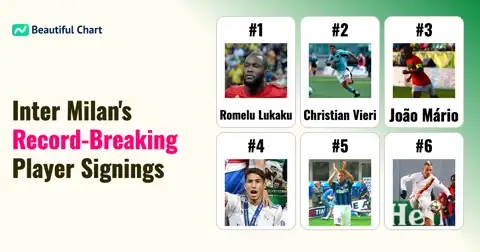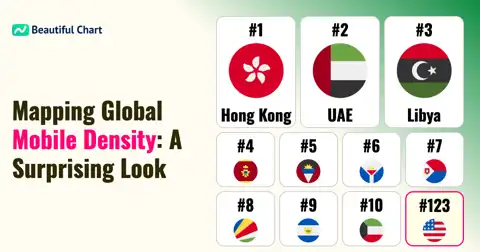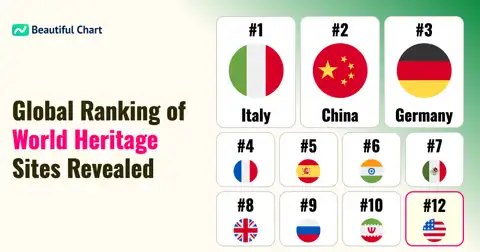This chart presents a chronological list of popes, starting with Saint Peter and ending with Pope Francis, the 266th pontiff of the Roman Catholic Church. Each pope’s name, the start and end of their papacy, and the number of days in office are included. Pope Francis passed away on April 21, 2025, and the Vatican is currently preparing for the conclave to elect his successor.
The pope is the supreme leader of the Roman Catholic Church and the head of state of Vatican City. As the successor of Saint Peter, the pope is responsible for guiding the global Catholic community in matters of faith and doctrine. Although the papacy is traditionally a lifelong position, recent popes have shown that resignation is possible under exceptional circumstances.
The papacy has spanned nearly two millennia, and its influence extends beyond religion into politics, culture, and history. The pope is not only the leader of the Roman Catholic Church but also the sovereign of Vatican City. Over time, the role of the pope has evolved in response to historical shifts and societal change.
During the medieval period, popes wielded vast political power and often played a central role in European affairs. The Reformation challenged the authority of the papacy, leading to internal reforms and realignments within the Church. In modern times, especially after the Second Vatican Council, the papacy has focused more on spiritual leadership, advocating for global justice, peace, and human dignity.
Pope Francis, the first pope from Latin America and the first Jesuit pope, was a transformative figure. His papacy emphasized humility, care for the environment, economic justice, and the inclusion of marginalized communities. He resonated widely not only among Catholics but across religious and cultural boundaries.
With his death on April 21, 2025, the Church now stands at a pivotal moment. The upcoming conclave will decide the next leader of the Catholic world. Pope Francis's legacy—marked by his outspoken stance on social issues and emphasis on pastoral care—will likely influence the direction of the next papacy and the Church’s role in the modern world.
| Rank | Name | Indicator | Subindicator |
|---|---|---|---|
266th Pope | 12 years 43 days | March 2013 ~ April 2025 | |
265th Pope | 7 years 318 days | April 2005 ~ February 2013 | |
264th Pope | 26 years 176 days | October 1978 ~ April 2005 | |
263rd Pope | 34 days | August 1978 ~ September 1978 | |
262nd Pope | 15 years 51 days | June 1963 ~ August 1978 | |
261st Pope | 4 years 220 days | October 1958 ~ June 1963 | |
260th Pope | 19 years 227 days | March 1939 ~ October 1958 | |
259th Pope | 17 years 9 days | February 1922 ~ February 1939 | |
258th Pope | 7 years 144 days | September 1914 ~ January 1922 | |
257th Pope | 11 years 20 days | August 1903 ~ August 1914 | |
256th Pope | 25 years 156 days | February 1878 ~ July 1903 | |
255th Pope | 31 years 245 days | June 1846 ~ February 1878 | |
254th Pope | 15 years 124 days | February 1831 ~ June 1846 | |
253rd Pope | 1 years 245 days | March 1829 ~ November 1830 | |
252nd Pope | 5 years 138 days | September 1823 ~ February 1829 | |
251st Pope | 23 years 165 days | March 1800 ~ August 1823 | |
250th Pope | 24 years 202 days | February 1775 ~ August 1799 | |
249th Pope | 5 years 128 days | May 1769 ~ September 1774 | |
248th Pope | 10 years 215 days | July 1758 ~ February 1769 | |
247th Pope | 17 years 264 days | August 1740 ~ May 1758 |





